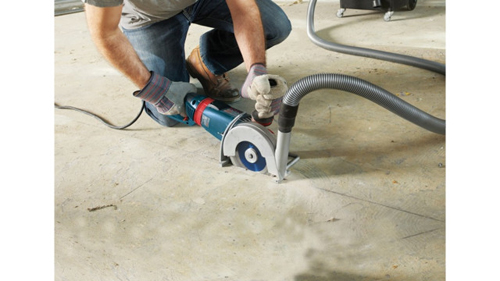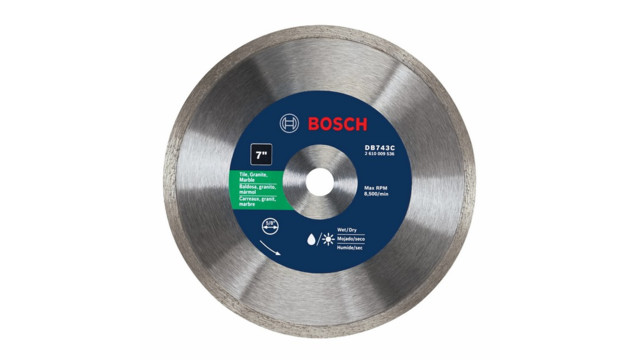
Understanding the science behind the making of diamond blades, how they work and the kinds of blades available will help you choose an option with the right characteristics for your application.

When it comes to cutting concrete, not all blades are created equal. Blades vary in the number of diamonds, size, shape, cost and performance, but it’s the application that’s the true differentiator. The questions can be numerous: Which blade will work best on what kind of concrete? How large should the blade be? Will the same blade used on a basement floor work well to cut two inches into a driveway? Are there new technologies I should know about and how do I keep up?
Basically, the answers fall into these categories: the hardness and abrasiveness of the material to be cut; speed, efficiency, longevity, size and affordability of the blade needed; and the quality of cut desired. Understanding the science behind the making of diamond blades, how they work and the kinds of blades available will help you choose an option with the right characteristics for your application.
The Science of Blade Making and How Blades Work
Concrete cutting blades are made with four basic components:
A, The metal core: a precision-engineered steel disk with a rim that holds the diamonds
B, Synthetic diamonds: the sharp cutting teeth that slice through the concrete
C, The matrix: a metal bond that holds the diamonds in place until they wear away with use
D, The weld: attaches the cutting segments (matrix and diamonds) to the core
It’s the exposed diamonds on the surface of the blade’s perimeter and in the radius that do the cutting, using a high-speed abrasive action. As the blade cuts, the matrix begins to wear away, releasing the worn diamonds and exposing new ones embedded within the matrix, which continue the cutting. Larger diamonds favor speed and smaller fine diamonds favor longer blade life.
The efficiency of the blade depends on the hardness of both the matrix and the concrete, and the number of diamonds embedded into the radius. The relationships work this way: When cutting soft concrete, a hard metal bond is needed so the diamonds can be fully used before being shed. When cutting hard concrete, which will wear down the diamonds more quickly, the bond should be soft to enable easier erosion of the matrix ensuring exposure of new diamonds.
Blade making is a science. There are a handful of companies that manufacture quality diamond blades. Part of the research process is experimentation with mixtures of diamonds and binder in a variety of concrete and masonry types.
